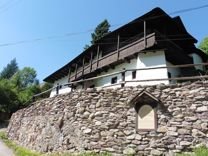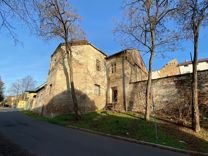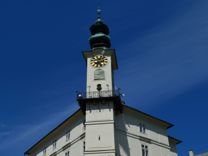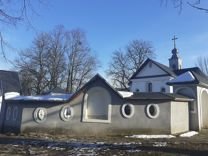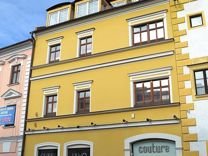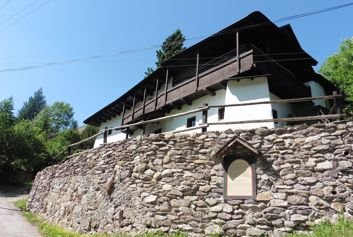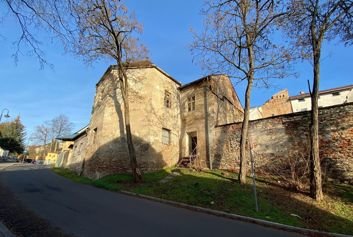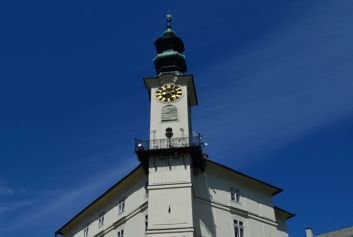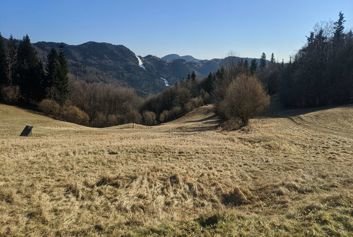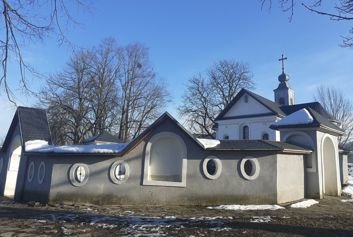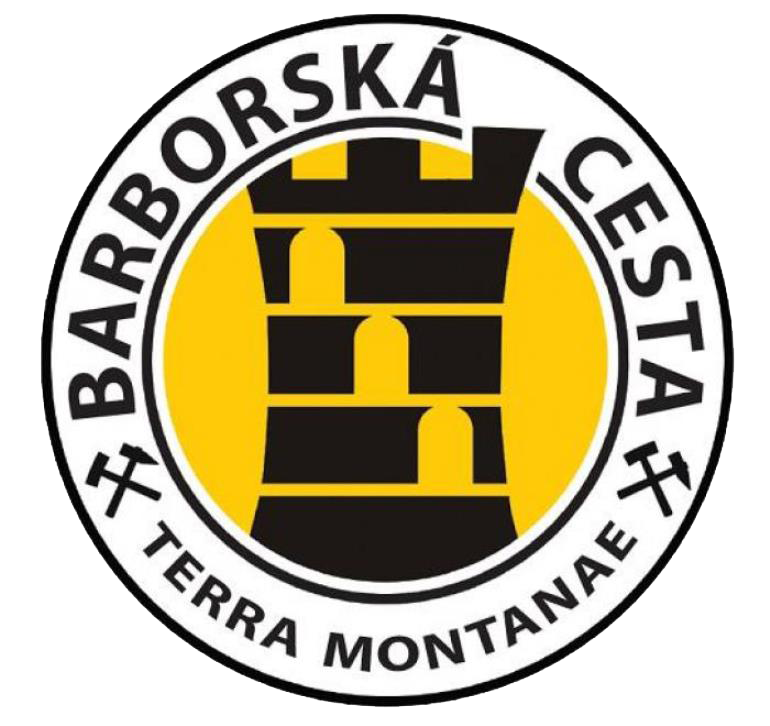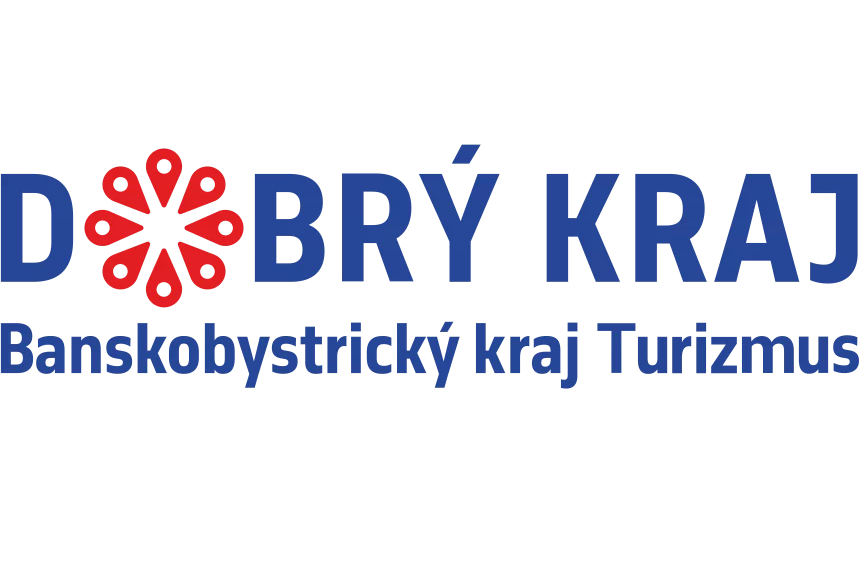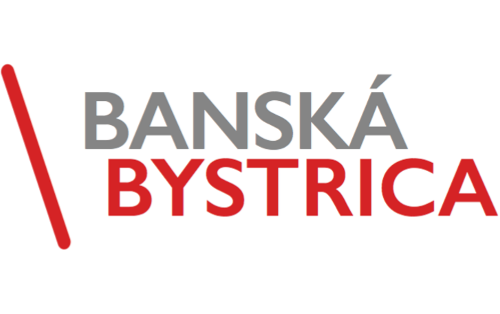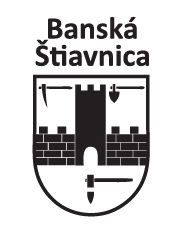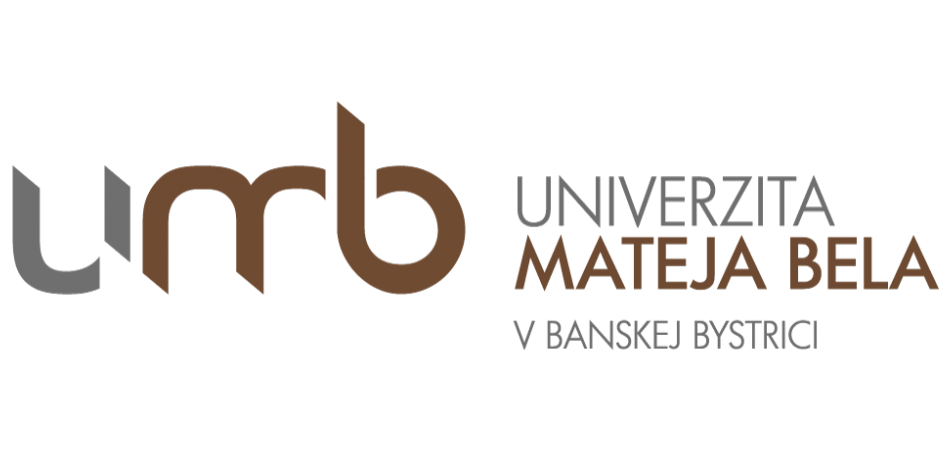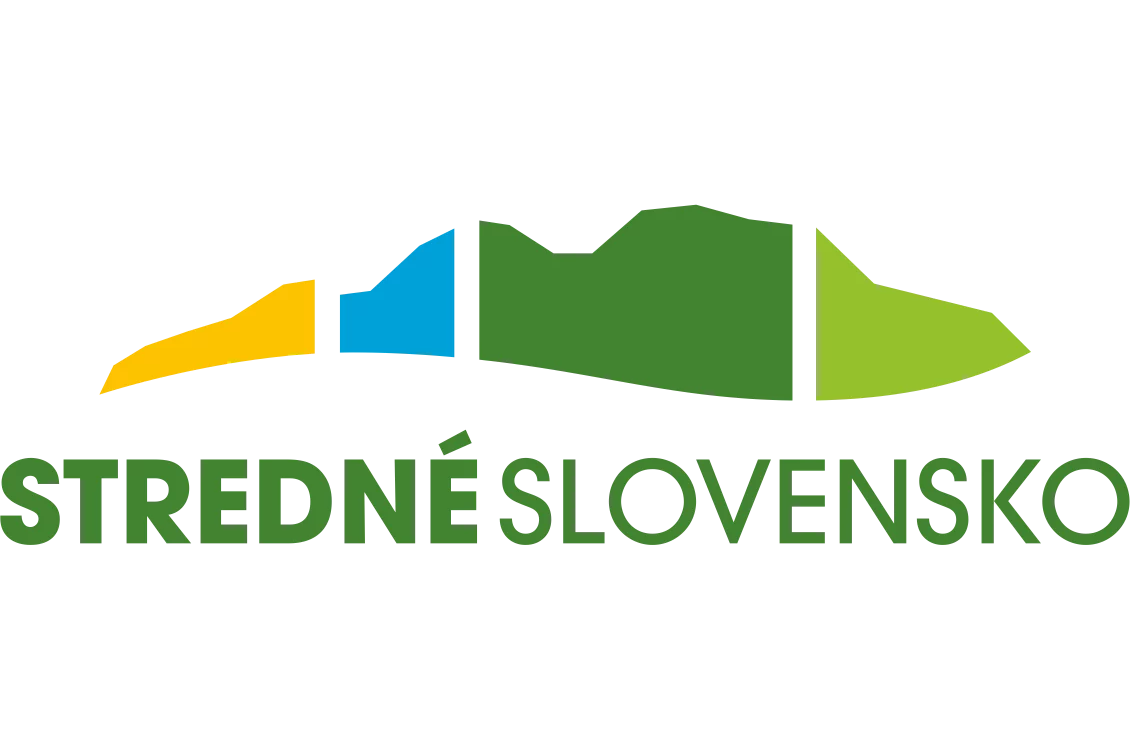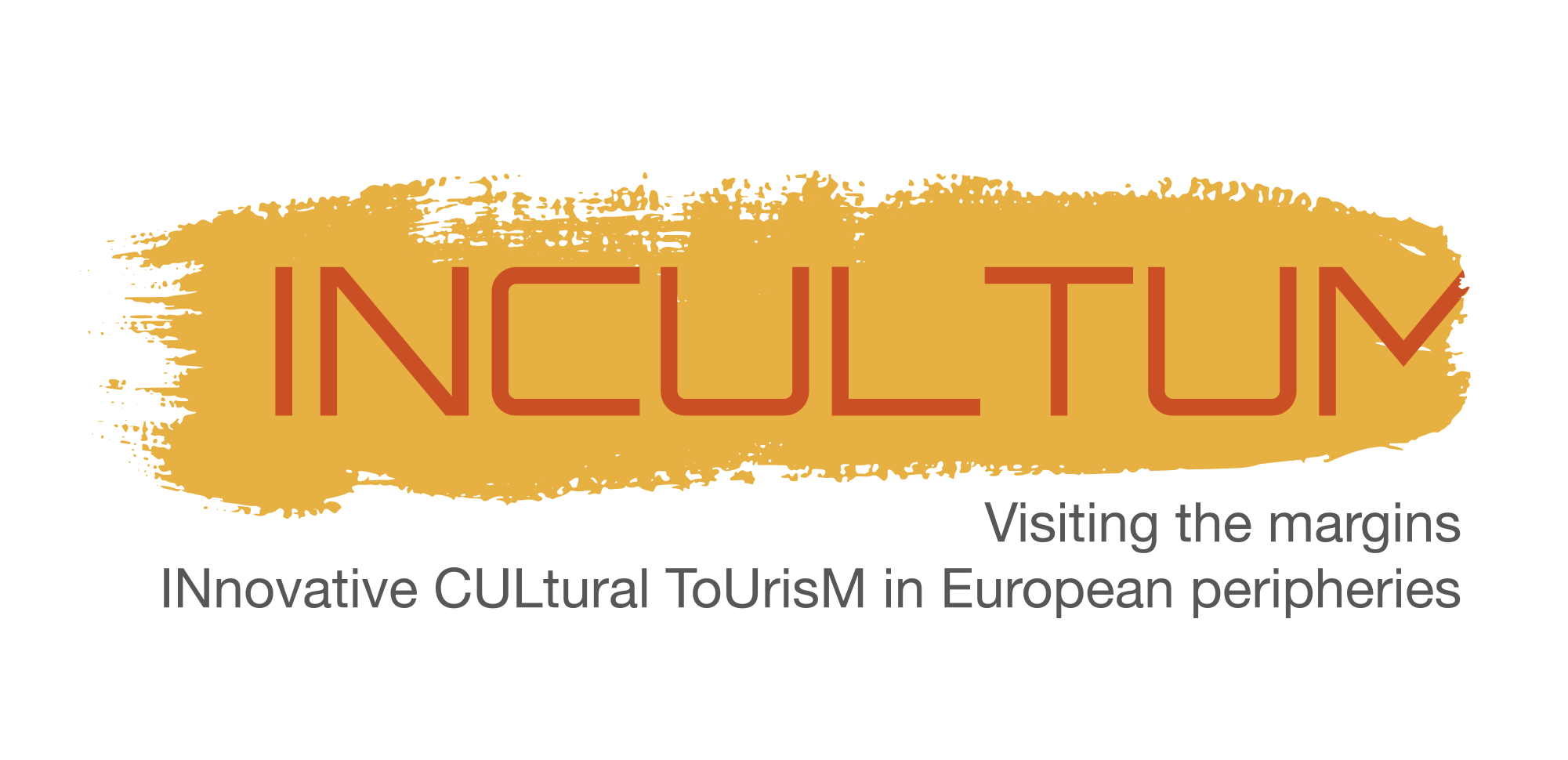Fugger route
The Fugger route is educational - a discovery route leading to the mines and mountain centres whose silver, copper and iron made the Fuggers rich. The Fuggers became fabulously wealthy in early modern Augsburg thanks to the cotton trade and loans to popes, emperors, and kings, but mostly thanks to the mining industry. From the time around 1490, a pan-European mining concern of the Fuggers was established with ore mines and smelters in Tyrol (mainly in the cities of Schwaz and Sterzing), in Carinthia, and in Banská Bystrica in Upper Hungary (today's Slovakia). With gold and silver, lead, calamine, and iron, but especially with copper and mercury, Jakob Fugger "The Rich" and his successors wrote an exciting chapter of European economic and social history. Fugger houses and castles, churches and monuments, accessible mining tunnels and museums in the cities of Banská Bystrica, Kremnica and Banská Štiavnica provide an opportunity to understand the history of the mountain concern, which around 1660 was the forerunner of the European Union.
The Fugger route in today's Slovakia is part of the European Fugger route, which connects the cities of Augsburg, Bad Hindelang, Schwaz, Hall, Sterzing and Banská Bystrica. The center of the Fugger route in the territory of present-day Slovakia is Banská Bystrica (Neusohl). The Fuggers acquired a huge fortune on copper ore from Banská Bystrica. One medieval saying says: "The golden Augsburg rests on the copper Banská Bystrica." In the heart of today's central Slovakia, in Banská Bystrica (Neusohl), he began in 1494, with the help of the Kraków mining engineer Ján Thurzo, the expansion of the Fugger copper empire. When mining copper ore containing silver, the Thurzians brought their contacts to the Hungarian royal court, their technical knowledge and innovative extraction technique. The Fuggers put in the capital. The copper trade, which the Montagne concern of the Fuggers dominated throughout Europe, made it possible for both families to become rich. From 1496 to 1546, the Fuggers were leading mountain entrepreneurs in Banská Bystrica, the Thurzo family in 1526 she left the company.
Copper and silver from Banská Bystrica was the basis of the Fugger family's legendary wealth and thus their political importance. The total profit of the Hungarian trade in these metals between 1496 and 1546 is estimated at several million guilders, an almost unimaginably high sum. About 700 tons of copper were produced, which were sold through Antwerp and Amsterdam, but also through Venice and Nuremberg. 120 tons of silver squeezed from this copper were delivered to the nearby mint in Kremnica, but also to Nuremberg and Venice. After 1500, copper from Upper Hungary accounted for almost 40% of the European copper market. The Montana concern of the Fuggers at the latest from 1522 dominated the copper market, which had been experiencing a boom since around 1500. Huge loans for the Hungarian royal court led to the fact that the mining towns and Zvolen Castle were 1505 they became collateral property of the Thurzo-Fugger company.
